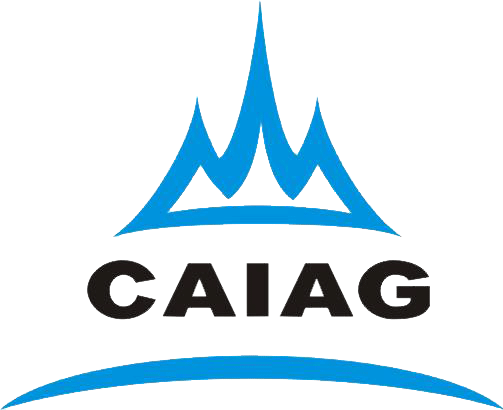Dendroclimatological potential of three juniper species from the Turkestan range, northwestern Pamir-Alay Mountains, Uzbekistan
A. Seim1, T. Tulyaganov2, G. Omurova3, L. Nikolyai2, E. Botman2, H. W. Linderholm
Abstract Key message Intensity and magnitude of the growthclimate relationship depends on juniper species and sites. Juniperus seravschanica at low elevations shows highest potential for April–September drought reconstruction in the Turkestan range (Pamir-Alay), Uzbekistan. Abstract We present a detailed dendroclimatological study of three juniper species, Juniperus seravschanica Kom., Juniperus semiglobosa Regel and Juniperus turkistanica Kom., sampled at six sites of different elevation (2100–2700 m a.s.l.), exposition (west and south) and steepness (10–30) in the Zaamin National Park, Turkestan range, Pamir-Alay mountain system in eastern Uzbekistan. Simple correlation statistics and redundancy analyses were applied to detect species- and site-specific climate responses during the twentieth century, which were additionally investigated in the high-frequency domain by identifying extreme growth years. Our results show that tree-ring formation of J. seravschanica at our low-elevation site is strongly limited by April to September drought conditions, while J. semiglobosa inherits a weak and variable climate response with respect to elevation. J. turkistanica growth at high altitudes is positively associated with warm spring and summer temperatures. Speciesspecific growth extremes are triggered by incoming air masses from the Atlantic and Arctic,
highlighting the connection of synoptic climate regimes across Eurasia. From a dendroclimatic perspective, J. seravschanica exhibits a high potential for reconstructing past drought and pluvials, but under sustained temperature rise also J. semiglobosa will likely increase its sensitivity to drought. Moreover, J. turkistanica at its distribution limit at the tree line is a suitable proxy of summer temperature. Our findings clearly demonstrate that a careful selection of the site, overall topography and elevation as well as the different juniper species are important for successfully reconstructing past climate in Uzbekistan. Keywords Dendroclimatology Extreme growth years Juniperus spp. Northwestern Pamir-Alay Tree-ring width Uzbekistan Intro






